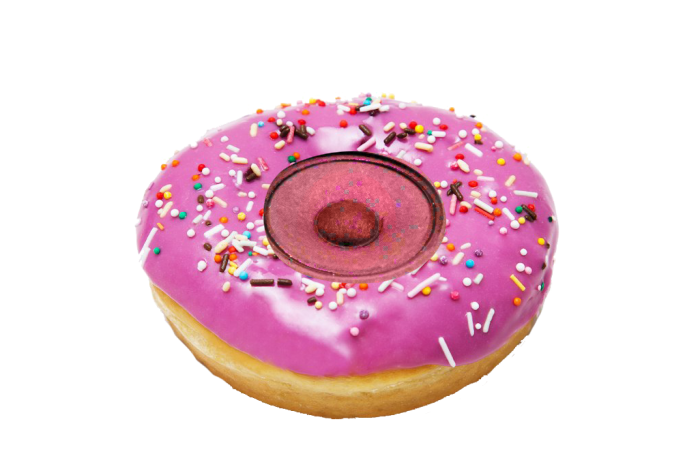It is no secret that creatives in the film and tv industry rely on sound and song to propel their stories to their highest potential. Even “silent films” (a film absent of spoken dialogue) use instrumental music to uphold their melodramatic aims. Music and sound are significant factors in delivering the proper elements that construct a mimetic atmosphere for an audience. But peculiarly enough, one genre has found an advantage in sound that is beyond our ability to even hear it; this is the horror movie genre and its use of infrasonic sound.
The range of human hearing is often identified to lie between 20-20,000 hertz or 35-16,000 hertz. Frequencies that extend this higher-end limit are referred to as ultrasonic, while those that fall below the lower limit are called infrasonic. As the frequency is outside the parameters of human hearing, sounds that reach these levels are more sensed rather than heard. As explained in the above clip, sounds residing in the infrasonic territory are known to affect cortisol levels—the chemical in our bodies that regulates stress—causing anxiety and apprehension in those sensing these frequencies. Audience members can then sense encroaching danger with or without the visual aid.
Horror movies are recognized for their meticulous use of scored music as scene accompaniment. Suspiria (1977), Friday the 13th (1980), Scream (1996), are all highly praised scores for this very reason as instrumental sound creates tense and emotional environments in a way that contemporary soundtracks cannot. A notable example of this comes from the 1980’s iconic Friday the 13th. Harry Manfredini, the composer for the film’s score, describes this process as such: “The sound itself could be created by an instrument that one would normally be able to identify, but is either processed, or performed in such a way as to hide the actual instrument” (Zarrelli, 2016). The trick of these composers is to hide the frequency among other sounds, perfectly masking its presence while still evoking its intended reaction.
